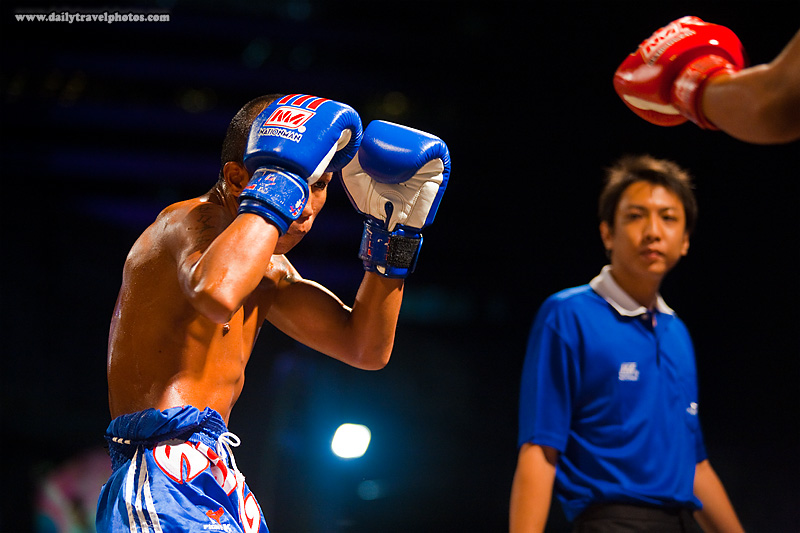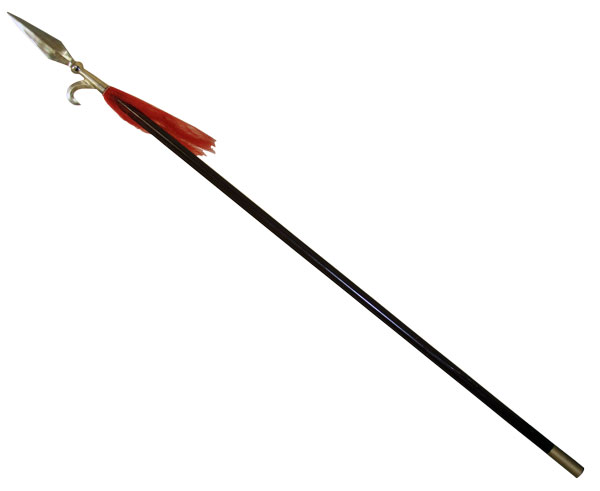The front hand punch (full body weight behind) can be stronger than the back hand punch (only body rotation) if you train
A 'back' hand punch that combines body rotation as well as weight shifting can be stronger than the two options you cited.
Edit: but in a way, it becomes a front hand punch at the moment of impact - so, y'know...


